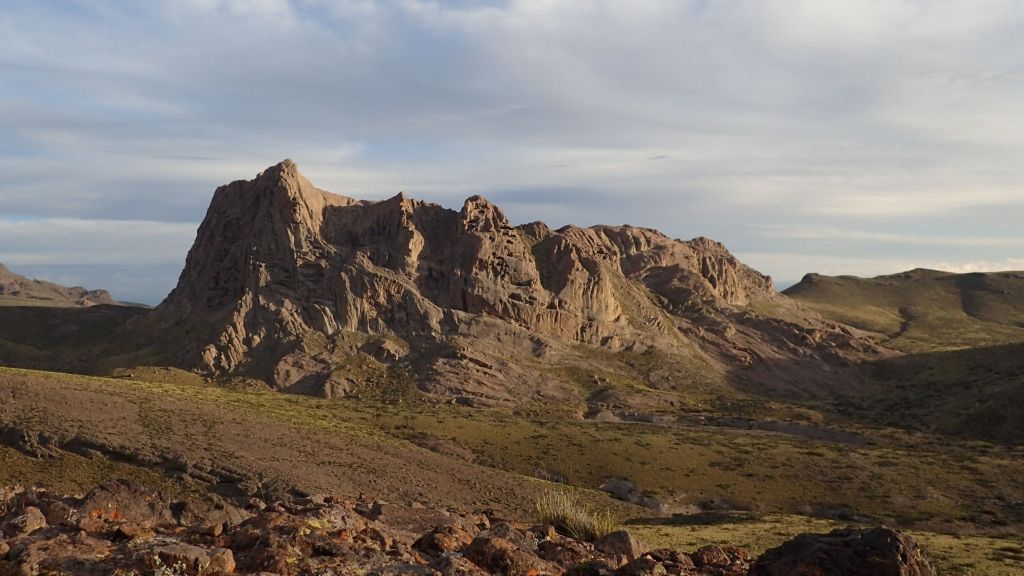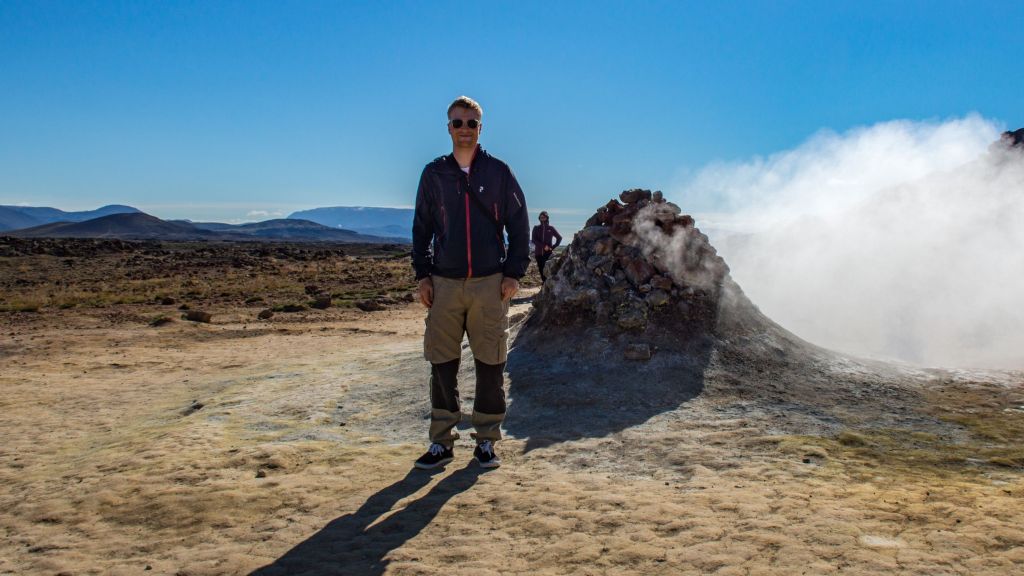
Tobias Mattsson (PhD) – Uppsala University
The emplacement and growth of shallow felsic magma bodies (cryptodomes and laccoliths) can significantly decrease the stability of the volcanic edifice as exemplified by the catastrophic sector collapse of the Mount St. Helens volcanic edifice.
In order to understand how these types of intrusions grow, one can study exhumed solidified intrusions to decipher magma flow patterns and the processes that occurred within the intrusion during emplacement. A recent collaborative effort by researchers from Sweden, Norway and Argentina undertook to study the emplacement of the Miocene Cerro Bayo cryptodome that intruded within the upper kilometre of the Chachahuén volcanic edifice, Argentina (Fig. 1).

We employed anisotropy of magnetic susceptibility and photogrammetry to study magma flow and growth of the intrusion. We discovered that the initial stages of growth yielded contact-parallel magmatic flow fabrics, which we interpret as due to endogenous inflation of the magma body. In magma emplaced during later stages of growth, the fabric dips moderately towards a central area in the Western part of Cerro Bayo. We interpret this as magma flow in tongues or lobes, which we consider intrusive analogues to lava spines.
Interestingly, the growth of Cerro Bayo seems to be very similar to that of the Sandfell laccolith in Iceland. The research suggests that cryptodome amplitudes increase more drastically during later stages of growth after the magma at the rim of the intrusion has become “viscously stalled” (Fig. 2). This leads to over-steepened flanks of the magma body and is likely associated with significant reduction in the stability of the cryptodome and thus the volcanic edifice.

Figure 2: Growth stages of the Cerro Bayo cryptodome and the Sandfell laccolith. Modified from Mattsson et al. (2018) and Burchardt et al. (2019).
You can read more about Tobias’s work on Cerro Bayo here!

Tobias is currently a researcher at the Department of Earth Sciences, Uppsala University, Sweden.
His main research interests are magmatic fabrics and microstructures coupled to processes that occur during intrusion emplacement.
Tobias is currently looking for future collaborators to work on microstructures in plutons.
Check out Tobias’s research on ResearchGate or Uppsala University.

Leave a Reply